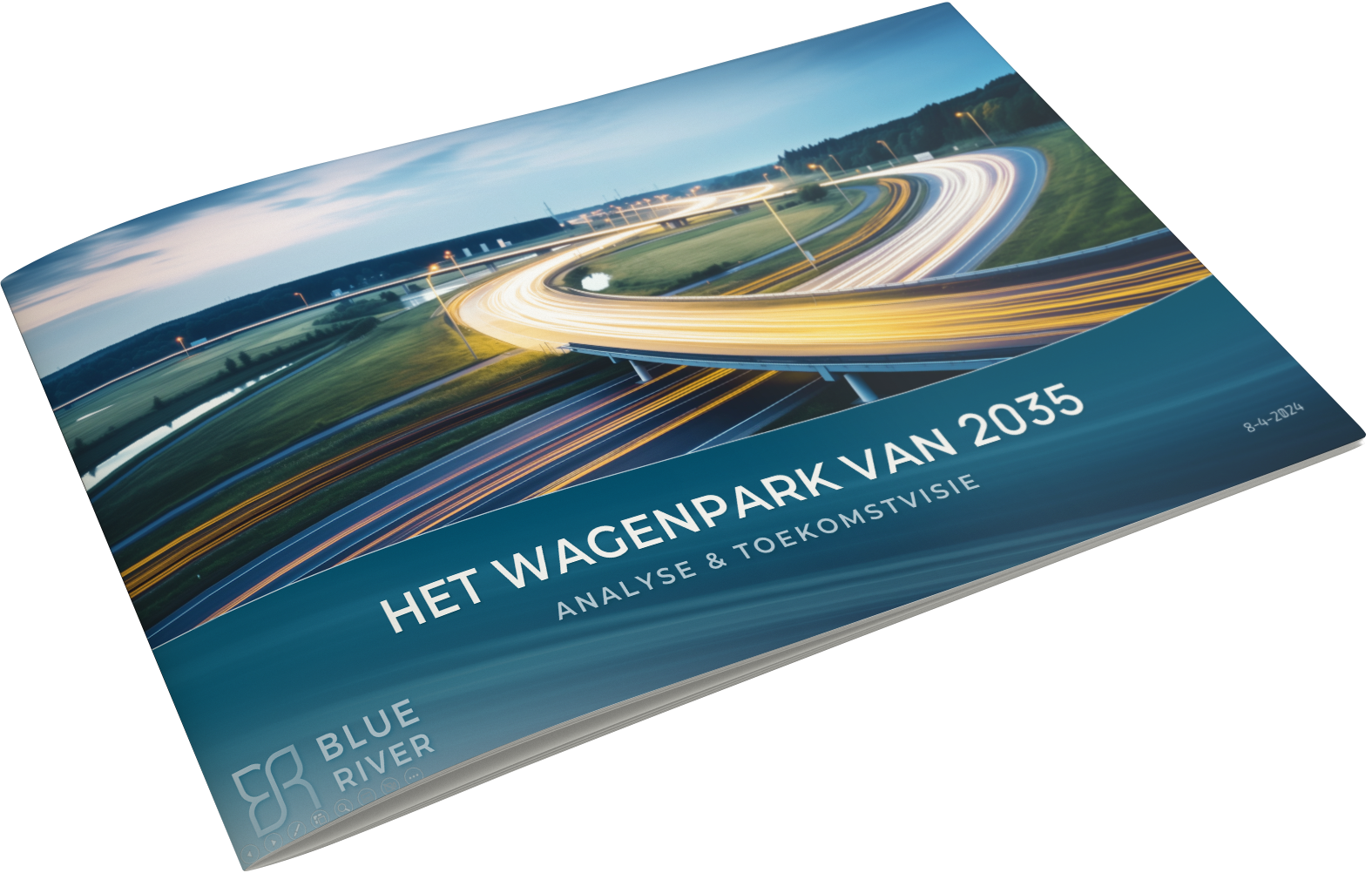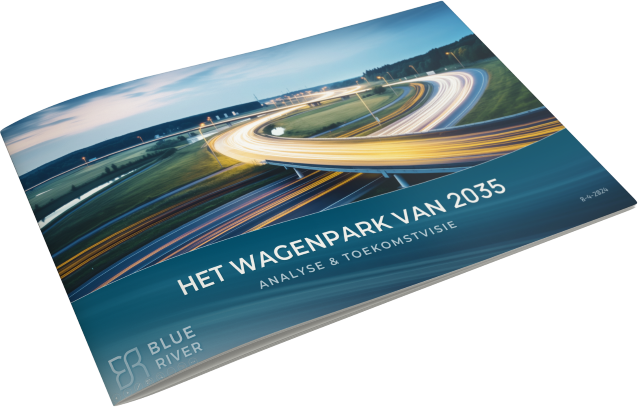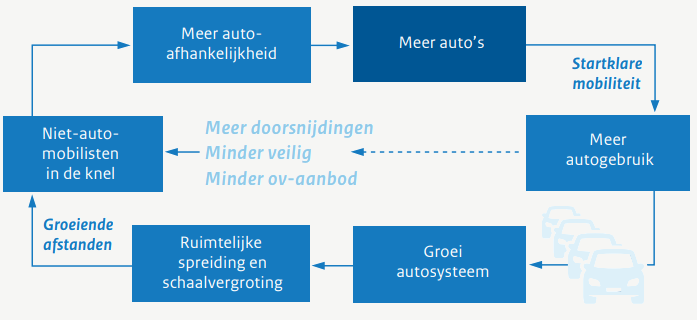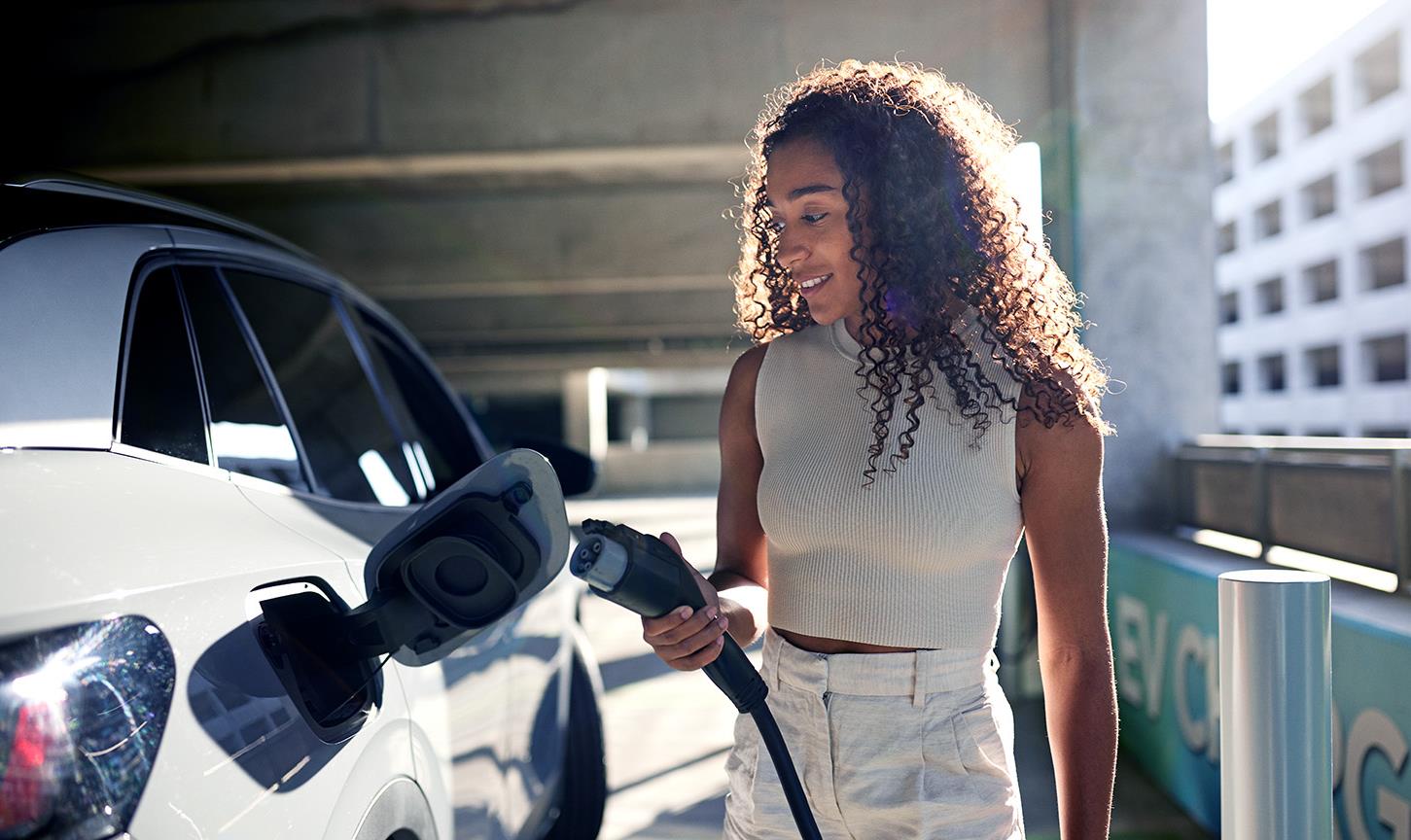The 2035 Fleet of the Netherlands
In this report Blue River provides a comprehensive analysis of the trends and forecasts for passenger and commercial vehicles up to 2035. This report offers a projection of the fleet composition in 2035.
Read more...
Widespread car ownership in the Netherlands
People outside the major cities are increasingly reliant on cars, as distances to work, social networks, and amenities increase, and public transportation offers less and less of a viable alternative.
Read more...
Exploring consumer sentiment on electric-vehicle charging
A McKinsey survey reveals how consumer attitudes about charging could influence the electric-vehicle market—and open new opportunities.
Read more...






